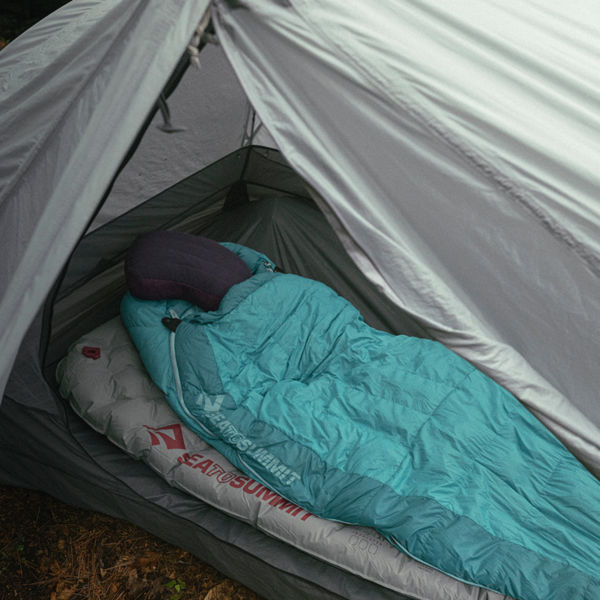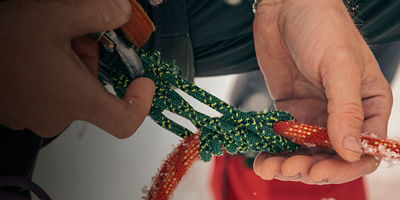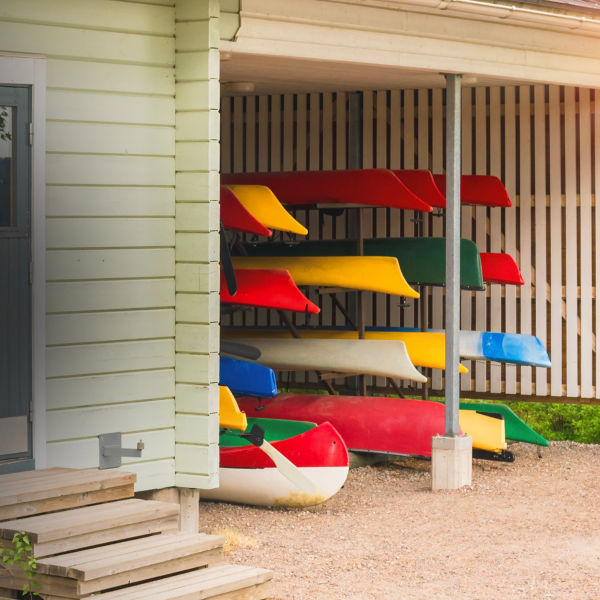
Being a gear nerd means thinking about gear in two ways: loving shiny new stuff, but also considering it a crime to throw away old gear that could be repaired or restored instead. That’s because every time you chuck a repairable item in the trash, you’re dealing a one-two punch to the environment. The old item takes up space in a landfill, and the new item takes a ton of water, chemicals, and fossil fuels to produce.
Then, of course, there’s the financial impact. You can save hundreds of dollars by repairing your gear instead of buying new. Most gear is sturdy enough to withstand repeated repairs, so there’s not much sense in buying new gear unless your old item is literally falling apart. You wouldn’t toss your car in a landfill just because it needed new brakes, would you? Likewise, throwing away a rain jacket instead of getting it re-waterproofed, or tossing your tent because of a small hole, is a huge waste when the rest of the item is structurally sound.
Here’s how to address some of the most common ailments that might befall your hiking and camping gear, including the following advice:
- What to include in your field repair kit
- How to restore waterproofing
- How to restore loft
- How to patch torn sleeping bags, tents, packs, and jackets
- How to repair a broken tent pole
- How to fix a broken buckle or zipper
- When to repair a punctured sleeping pad
What to include in your field repair kit
At home, you can get a lot done with a sewing machine, various chemical treatments, and a zipper-cleaning kit. But in the field, you’ve got way fewer tools at your disposal—and a critical gear failure could totally derail your trip if you’re not prepared. Here are a few things you should always carry with you in case of emergency.
- Rubbing alcohol pads
- Tenacious Tape
- 3-4 safety pins
- Sleeping-pad patch kit
- Replacement hip-belt buckle
- 2-3 industrial-strength zip-ties
- 5-10 feet of duct-tape (tip: wrap the strips around a Nalgene or trekking pole to store)
- Multi-tool (with a knife blade, scissors, and pliers)
- Heavy-duty sewing needle
- Fishing line or gear thread (floss will do in a pinch)
- Tent pole splint
Restore waterproofing
Spend a lot of time hiking, and one of the biggest gear complaints you’ll hear is about rain shells “wetting out.” This means that the fabric of the jacket—the colorful outer layer that protects the waterproof membrane within—has started to absorb water. Some people interpret this phenomenon as a sign that their jacket has worn out and needs to be replaced. Most of the time, though, it just means that (A) the jacket is dirty, and the dirt on the outside is absorbing water, or (B) the jacket’s external waterproofing—a topical chemical treatment—has worn off.
In sum: Your rain shell might feel clammy, but that’s just because the outer fabric is wet and cool to the touch, not because it’s actually letting in water. To restore your jacket’s waterproofing:
- Clean out all your pockets, zip all zippers, and wash your rain shell according to the instructions on the tag.
- Let your shell air-dry.
- Lay it out on a flat surface. Apply a waterproofing spray according to the package directions. This may involve tumble-drying or ironing (on a low setting and/or with an insulating barrier in place) to more evenly spread the waterproof treatment through the fabric’s fibers.
Restore loft
After a few years, you might notice that your insulated jacket or sleeping bag isn’t as warm as it once was. Maybe there are cold spots, or maybe it just seems scrawny. You hold it up to the light and—sure enough—the insulation seems to have wilted. What’s the deal?
The deal, most likely, is that the down or synthetic insulation has gotten squashed together, either because you’ve left it stuffed in its compression sack for too long, or because it’s bogged down with skin oils, dirt, sunscreen, or other buildup. To restore loft, and therefore warmth:
- Clean out all pockets, zip up all zippers, and wash according to the instructions on the tag. (Usually this means washing the item by itself in cold water, in a front-loading washing machine.)
- Let the item tumble-dry on the lowest setting, or on an “Air Dry” setting if possible. Add a few tennis balls to help break up clumps.
- Dry until all clumps have dispersed.
- When fully dry, treat the outside with a waterproofing spray if its water repellency needs to be restored (see above).























































































































































































































